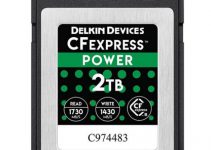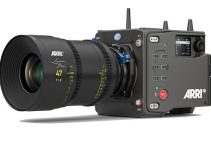The mid-range hybrid camera space is getting crowded—which is great! Competition means we get better and better cameras at lower prices. Take the just-announced Panasonic Lumix S5 II.
It’s a massive upgrade over the original for both stills and video and it comes in at a lower price than the competing Sony a7 IV.
Now that the ~$2,000 camera space is heating up it is worth taking a closer look at the Panasonic and Sony together to see which one is better for shooting video.
There are some quite significant differences. For this, we can check out a comparison by videographer Sam Holland.
We alluded to it but let’s start with the price differences. The S5 II comes in at $2,000 while the a7 IV costs $2,500. At this price range, the $500 you save can be very helpful.
You can even get the Panasonic with a kit lens for less than the Sony body alone.
Image Quality
Getting into some personal opinions, Sam does think that Sony’s color, while generally good, is a bit inconsistent at times. He shows off great skin in a controlled shot, but then outside it is a very oversaturated sky.
Looking at the standard profiles he isn’t really impressed with either. So stick with the log profiles on both.
Next up is the slow-motion capabilities. This is almost a necessary feature for current cameras and we do have 4K at up to 60p on both. There is a crop for both cameras though. For this price range that seems to be part of the deal.
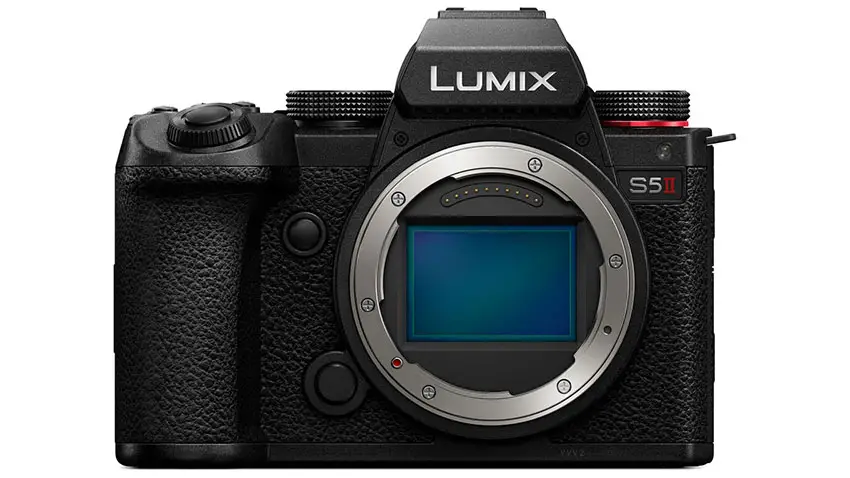
Image Credit: Panasonic
Data rates are similar on both so nothing really worth diving into there.
The interesting thing is that on paper the Panasonic S5 II seems to beat the Sony a7 IV. It has the higher resolutions, better specs, and more features for video that seem to put it ahead. However, it really does come down to the actual image at the end of the day.
Both have a type of dual native ISO settings and they both seem fine for handling these darker scenes. Maybe not as good as some of the flagship cameras, but still very usable.
Image Stabilization
Both cameras have built-in image stabilization as well as a boost mode or active mode that uses a combination of electronic and physical stabilization.
Using them handheld in a vlogging scenario he walks with the cameras to do the test. Using an ultra-wide lens both seemed to perform well though to my eye the Panasonic clips looked a tad smoother. Sam does think that there is a bit of wobble to the Panasonic video which is always a potential issue with these types of cameras.
However, when using a 24mm lens in a walking handheld shot that wasn’t vlogging the Panasonic delivered an image much more stable than Sony. It was a night and day difference.
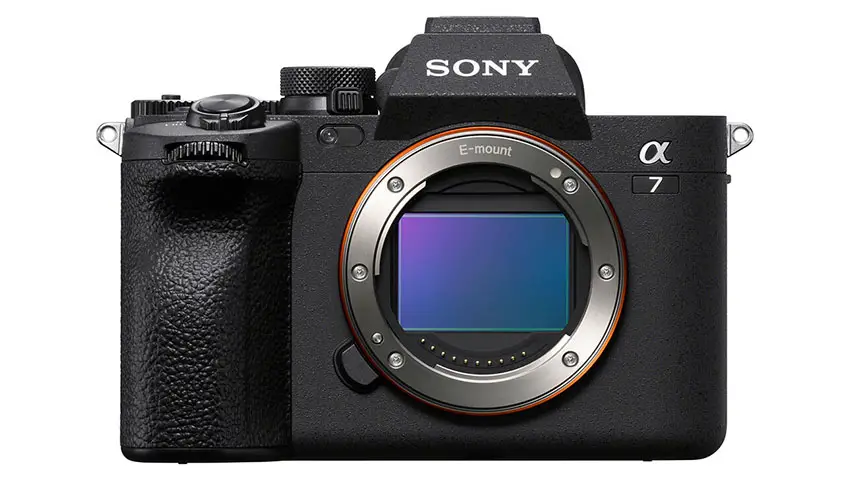
Image Credit: Sony
Autofocus
Now for the moment you have been waiting for: autofocus. Panasonic has been far behind the pack when it came to AF but the S5 II’s new hybrid system is here to change that. They have a serious challenge though as Sony has been excellent and only been getting better.
The good news is that Panasonic seems to have joined the pack when it comes to autofocus performance. When tracking a person it was mostly on par with the Sony.
A bit of extra customization and generational upgrades might give Sony a slight edge still, but Panasonic is now safe to use for pro work.
Sony does still seem to be a bit better when it comes to standard tracking of objects.
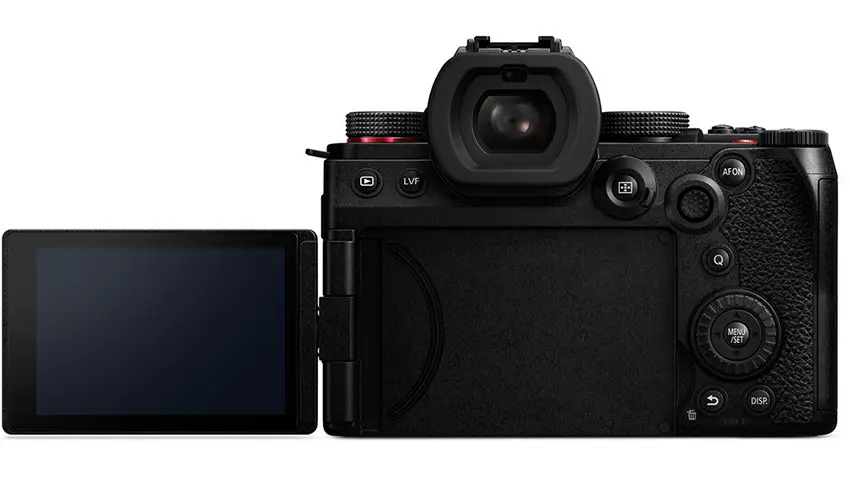
Image Credit: Panasonic
The Extras
Time to talk about the features that don’t compare evenly between the two cameras. Panasonic actually packs in the extra features here.
One of the most notable is the max resolution. Panasonic allows recording in up to 6K, has anamorphic modes, and open gate options. This does make it a touch more versatile in camera as you won’t always need an external monitor to get shooting.
The Issue
Honestly seems like you can’t go wrong with either at this point. Except for one final test.
When checking out the recording limits/time it sounds like the Sony a7 IV is much more susceptible to overheating. Sam encountered it in only 17 minutes.
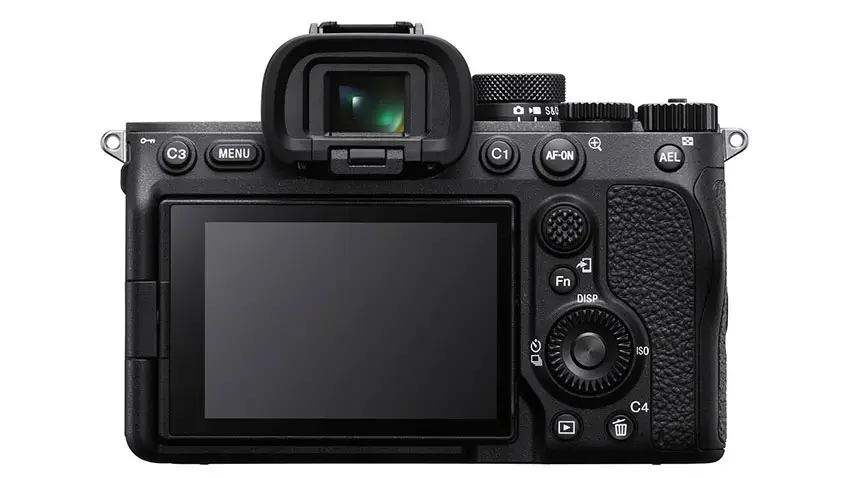
Image Credit: Sony
Still shows the limits of the hybrid mirrorless camera form factor. The features and hardware just isn’t quite a match for top-end video requirements.
Panasonic directly addressed many of the flaws of hybrid cameras with the S5 II, however, including overheating. There is an integrated fan though it has a more hidden design compared to the S1H. It’ll shoot for a while without issue.
Reliability is among the most important qualities of professional equipment and if you plan on shooting serious video with your next camera then the Panasonic Lumix S5 II takes the clear win on this alone.
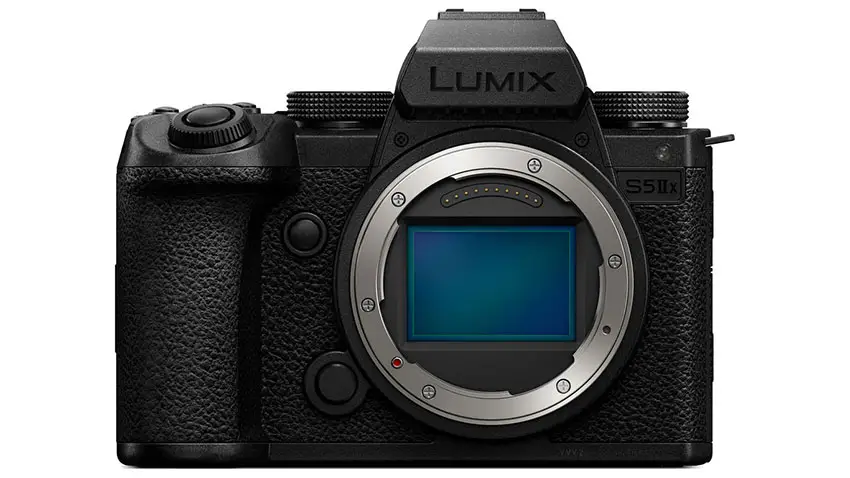
Image Credit: Panasonic
If you want to wait and are looking for even better video then you might even think about the S5 IIX model.
What do you think about the results? I was a bit surprised about how Panasonic performed and compared.
[source: Sam Holland]
Order Links:
- Panasonic Lumix S5 II Mirrorless Camera (B&H)
- Panasonic Lumix S5 IIX Mirrorless Camera (B&H)
- Sony a7 IV Mirrorless Camera (B&H, Amazon)
Disclaimer: As an Amazon Associate partner and participant in B&H and Adorama Affiliate programmes, we earn a small comission from each purchase made through the affiliate links listed above at no additional cost to you.


